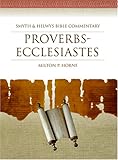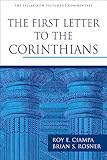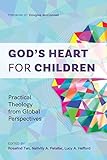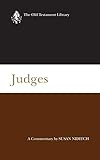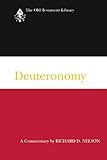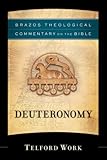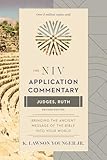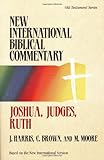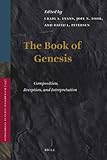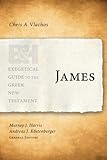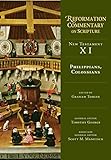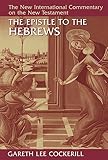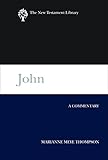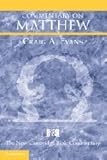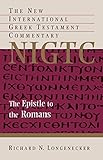The Shinto Purification Rites and the Concept of Sin in Mark 7:14-23: Towards a Contemporary Biblical Theology of Purification in and for the Context of Japan (Record no. 16637)
[ view plain ]
| 000 -LEADER | |
|---|---|
| fixed length control field | 02549nam a22001697a 4500 |
| 005 - DATE AND TIME OF LATEST TRANSACTION | |
| control field | 20220301063822.0 |
| 007 - PHYSICAL DESCRIPTION FIXED FIELD--GENERAL INFORMATION | |
| fixed length control field | ta |
| 008 - FIXED-LENGTH DATA ELEMENTS--GENERAL INFORMATION | |
| fixed length control field | 210826s2018 sa ||||fom| | 00| e eng d |
| 040 ## - CATALOGING SOURCE | |
| Transcribing agency | ZA-BrSAT |
| 100 ## - MAIN ENTRY--PERSONAL NAME | |
| 9 (RLIN) | 611 |
| Personal name | Meiring, Arnold Gideon |
| 245 ## - TITLE STATEMENT | |
| Title | The Shinto Purification Rites and the Concept of Sin in Mark 7:14-23: Towards a Contemporary Biblical Theology of Purification in and for the Context of Japan |
| 260 ## - PUBLICATION, DISTRIBUTION, ETC. | |
| Place of publication, distribution, etc. | Johannesburg South Africa |
| Name of publisher, distributor, etc. | South African Theological Seminary |
| Date of publication, distribution, etc. | 2018 |
| 300 ## - PHYSICAL DESCRIPTION | |
| Extent | 191 pages |
| Other physical details | |
| Dimensions | A4 |
| Accompanying material | Abstract, TOC |
| 502 ## - DISSERTATION NOTE | |
| Degree type | Master of Theology (Mth) |
| Name of granting institution | South African Theological Seminary |
| Year degree granted | 2018 |
| Supervisors | |
| 520 ## - SUMMARY, ETC. | |
| Summary, etc. | Japanese Shinto has for centuries influenced much of Japanese culture. One of those influences is found in the priority of purity, recognized in many Shinto purification rituals. This has inspired the development of a contemporary biblical theology of purification in and for the context of Japan. This paper begins with an exegetical study of Mark 7:14-23. In this passage, Jesus was confronted by religious leaders who placed a high priority on external purity maintained through ritual. Jesus declared that nothing outside a man’s heart makes him unclean. Jesus is presented as God’s purity agent and there is much to be learnt from Him regarding sin as impurity. The Japanese notion of sin as impurity will be discovered within the cultural-religious milieu of contemporary Japanese Shinto. Although some traditional Shinto beliefs have fallen away, the concepts of purity and impurity are still recognizable in many modern Japanese practices, especially their external rituals. Some modern rituals and practices will be identified to confirm this argument. The Jewish value for ritual purity as demonstrated in Mark 7:14-23 has developed out of Ancient Near Eastern religious culture. Sin as impurity will be examined within the Ancient Near Eastern milieu and be compared to the idea of impurity in Modern Japanese Shinto. This will highlight notable similarities and differences between the Jewish people of the Bible, and Modern Japanese Shinto people and their relationship with the concept of purification. This provides one possible narrative for sin as impurity that is both biblical and applicable to Japanese culture. Finally, a contextualized theology of purification is the outcome of this thesis and I demonstrate how this can be done without compromising biblical authority. Some contextualized tools will be developed that can assist the Japanese context. |
| 942 ## - ADDED ENTRY ELEMENTS (KOHA) | |
| Source of classification or shelving scheme | Dewey Decimal Classification |
| Koha item type | Thesis |
| Withdrawn status | Lost status | Source of classification or shelving scheme | Damaged status | Not for loan | Collection code | Home library | Current library | Shelving location | Date acquired | Barcode | Date last seen | Copy number | Uniform Resource Identifier | Price effective from | Koha item type |
|---|---|---|---|---|---|---|---|---|---|---|---|---|---|---|---|
| Dewey Decimal Classification | Electronic Holdings | South African Theological Seminary | South African Theological Seminary | Online Resource | 08/26/2021 | 0000000010498 | 08/26/2021 | 1 | https://sats-dspace.s3.af-south-1.amazonaws.com/Theses/Thesis_MTh_2018_MeiringA.pdf | 08/26/2021 | Thesis |

